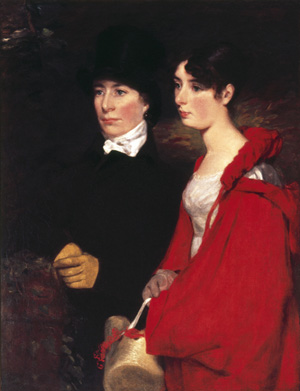Blog
Post #2
For
my second blog project, I decided to change my focus from the Portrait of the
Duchess of Portsmouth to focus on the decorative art of blackamoor. Blackamoor
is the term used to describe pictorial representations of Africans in
paintings, sculptures, jewelry and other forms of decorative art. The piece in particular I chose to focus on
was the Mantle Clock created by Jean
Baptiste Andre Furet in France in 1784.
I
chose to focus on this piece for a couple of reasons. For one, it was visually
intriguing and I wanted to find out more about why someone would create a piece
like this in this time period. I also was taken aback by the sheer detail the
artist was able to put into this piece. The gold/bronze leaf is so intricate
and the marble is very high quality and beautiful.
In
my research, I found out the clock belonged to Baron J.L. Léopold Double in his home until it was sold in
1881. However, there was not a lot of information available about how and why
this was created. So I started to research more about blackamoor in general.
Blackamoor
was so popular in this time because dark-skinned people were thought of as
exotic and it showed that the owner was worldly and well traveled. And most examples, of blackamoor show a black
male covered in jewels and gold and most examples have a turban covering their
head. Most of the examples are of servants holding something like a tray or
fruit, presumably for a master or owner. These servants were also in very
difficult positions to hold that showed off the muscle tone these servants
would have from man hours of labor.
I was surprised to see that so many
examples of blackamoor were done by German artists. One example of this is the
Moor with Emerald Clusters by Grunes Gewolbe in 1724. I was surprisd their were
so many German artists because I was so
focused on England and French artists because they take up the scope of our
class. However, it makes sense that signs of wealth and status would be similar
no matter where in Europe the artist was located.
Also, in my research there was a
large number of articles about how offensive certain pieces of blackamoor were
and how upset the contemporary populations are about these pieces. It seems
that because of how offensive these pieces were many different sculptures and
paintings were destroyed. Also, many of the original names of pieces contained
offensive words within the title and were changed in order to make it more
palatable to the audiences.
Lastly, I found a few articles that
showed how there was a lot more discrimination occurring in England at this
time than was previously thought. For example, Immigrants were expelled, there
were policies that penalized the Jews and pieces of blackamoor were abundant in
wealthy families homes. One article argued that the use of blackamoor helped
construct the racism in England, which than carried further to France and
beyond.
I found the names of some of these
pieces and the poses they were in very unsettling. And I also didn’t like how
common these were. They seem to be in poor taste in my contemporary opinion.






